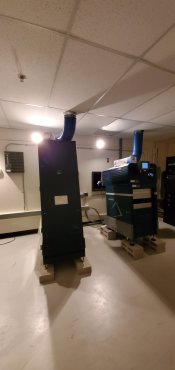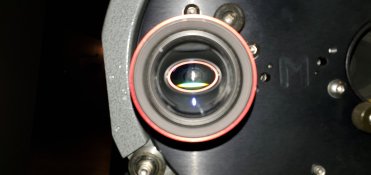Cholentpot
Member
- Joined
- Oct 26, 2015
- Messages
- 6,906
- Format
- 35mm
I can confirm that the Vision 3 50D is damn sharp and has a lot of latitude, I did not have a single under/over exposed frame yet, I usually have it pushed to ISO 100 by my lab.
In my opinion the colors are very accurate and neutral, I recently shot portraits with my Leica R6 + Summicron 50 and scanned it with a Coolscan V,
the grain is very fine, I think people wouldn't expect this to be shot on film, even in full resolution.
My conclusion: I don't know exactly how it compares to Portra, but it is a damn nice film and with short ends I can shoot Vision3 for about 2€ - 2,5€ a roll, which is a steal compared to Portra.
Here is an example I shot with a Summicron 50 + scanned with the Coolscan:
https://free-picload.com/images/2020/01/24/67c0be0669d6729232ec0f43026ed97c.jpg
@Cholentpot do you develop 50D in C41?
My local lab technican told me that developing cine film in C41 leads to stronger grain and shifted colors.
When developed properly in ECN-2 chemistry it is maybe not superior to Portra, but equal.
Definitely better than the consumer stuff.
I've been developing 500T in C-41. I'm not knocking the stuff, it's an excellent film. And it's a very unique look too. I've only shot 50D on 16mm still and I've not yet scanned the results so I can't speak for 50D.
This was shot on 500T with the REMJET removed beforehand. Developed in C-41. It has amazing range.

However it does not like any lighting conditions that are not optimal.









